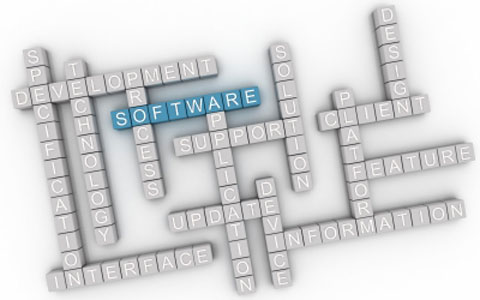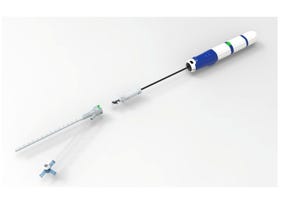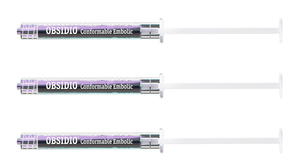A look a the benefits and risks of commercial and open-source SDKs for DICOM software.
June 17, 2015

A look a the benefits and risks of commercial and open-source SDKs for DICOM software.
Andrew Dallas
There are risks and advantages to open-source software in general relative to its commercial counterparts. Notable open-source success stories in the medical and scientific domains are the ITK and the VTK. Factors for their success include the following:
Targeting of a specialized and valuable domain.
Licensing that allows use in commercial products.
Adoption by the business community with its commensurate support.
Digital Imaging and Communications in Medicine (DICOM) software has a relatively long history in the open-source community, largely in response to the cost and risk associated with being committed to a single proprietary commercial implementation. As a result, there are several robust open-source SDK options available. Some generalizations about open source relative to proprietary solutions can be made, although, as expected, specific implementations may not prove the rule.
Benefits of an Open Source DICOM SDK
Assuming an open-source implementation possesses the aforementioned attributes for success and has reached the mature stage, the advantages of using an open-source SDK include the following:
Access to source code: This allows you to customize and maintain it for the indefinite future.
Transparency: The quality of code can be readily assessed.
Purchase price and maintenance fee: There is usually no cost for baseline features.
Support: This can be free and good through developer forums.
Risks Associated with an Open-Source DICOM SDK
Quality of the software: Until you actually test the software for your purpose and validate it, you may not know whether it will be viable for you. This is not unique to open source SDKs but is often an early concern. One way to mitigate this risk is to perform a proof-of-concept in the target environment before definitively choosing to move forward with the SDK.
Abandonment: An open-source SDK may fail to garner enough users and developers to maintain it over time.
Documentation: Open-source software may not come with detailed documentation, which can create a steep learning curve.
Licensing: Sometimes commercial use is not permitted.
Build process: This can be difficult for some platforms.
Benefits of a Commercial DICOM SDK
Quality of the software: In general, paying for a product provides higher quality; however, the specific needs of a project and the project’s domain may also play a role in the product’s quality. Just because a product is commercially available is no guarantee of quality.
Documentation: In general, documentation for commercial products is more thorough than for open-source SDKs.
Technical support: Typically offered via e-mail or phone, it tends to be faster and easier than using open-source technical community forums.
Features: The commercial SDKs evaluated included not only DICOM support but also general image processing and display support. This could be a big advantage to a small team with limited expertise in imaging, providing access to a wide variety of integrated imaging technologies that have similar programming interfaces. Such teams may also benefit from working within the design patterns dictated by the commercial product manufacturer.
Development environments: The commercial toolkits evaluated had support for other languages and development environments including .NET, Java, and C# in addition to C++. The decision regarding library support depends on a team’s programming language skills.
Risks Associated with a Commercial DICOM SDK
Difficulty evaluating quality: Because it is proprietary, evaluating the quality of the source code is either infeasible or can be costly.
Purchase price and maintenance fees: The costs can be quite high. Purchasing source code, when feasible, adds to the expense.
Licensing: The models for redistribution may be burdensome for both low-volume and large producers.
Integration support: It might not be easy to integrate with toolkits from other vendors or from the open source community.
Vendor instability: If the company does not remain financially viable, you could end up without source code and support.
Andrew Dallas is president and chief technology officer at Full Spectrum Software Inc. (Boston), a software design, development, and testing firm. Reach him at [email protected].
Dont' miss the MEDevice San Diego conference and expo, September 1–2, 2015. |
[Image courtesy of DAVID CASTILLO DOMINICI]
You May Also Like


